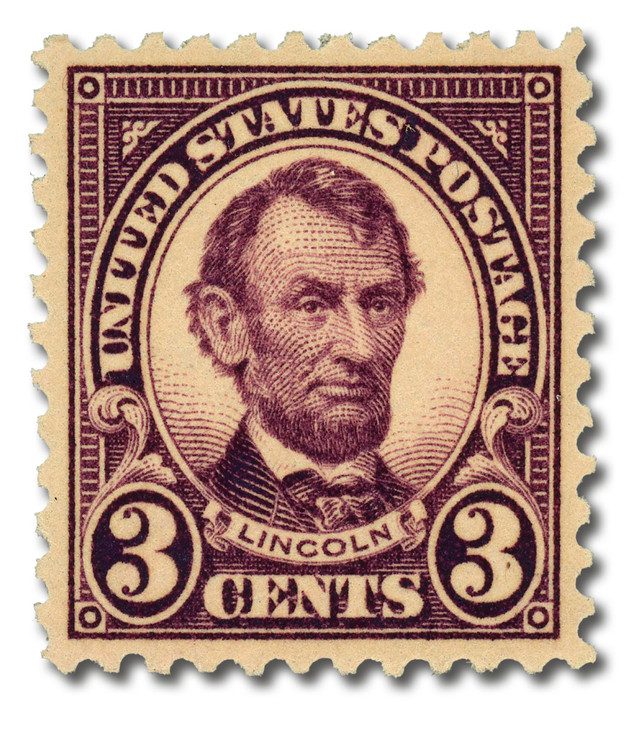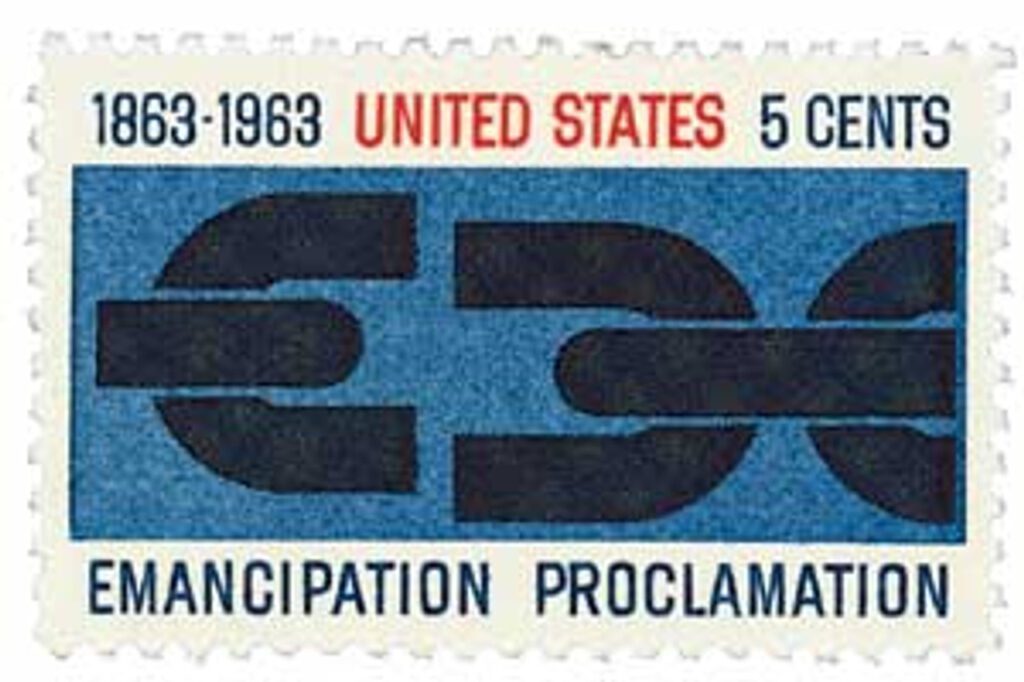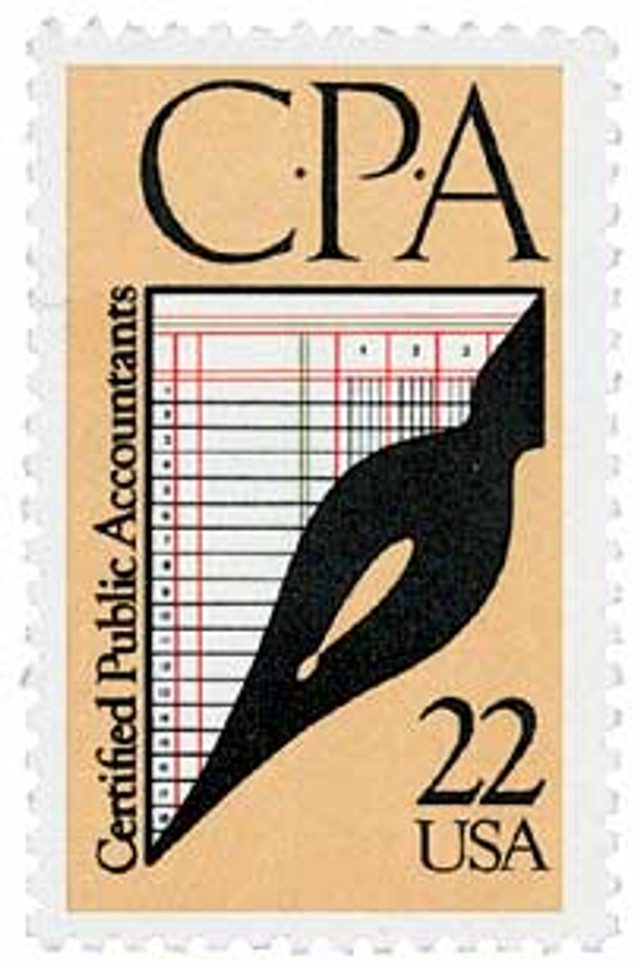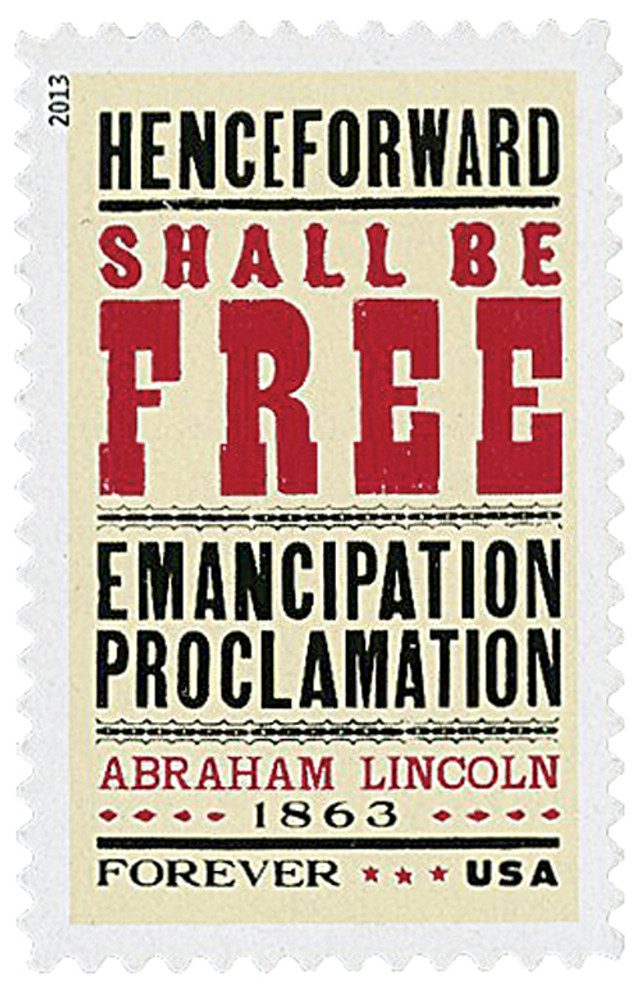On April 16, 1862, President Abraham Lincoln signed the District of Columbia Compensated Emancipation Act. The act freed over 3,100 people enslaved in the US capital nine months before the Emancipation Proclamation.
Since the city was established, there had been calls to end slavery there. Individuals and groups had circulated anti-slavery petitions, published newspaper stories, and spoke publicly against enslavement and the slave trade within the city. Over the years, tensions brewed, with Nat Turner’s 1831 rebellion nearby in Virginia, the 1835 Snow Riot, and the 1848 Pearl Affair and Riot.

During the Civil War, thousands of Black people fled to Washington, DC, to seek safety. President Abraham Lincoln felt he needed to take action. Working with Massachusetts Senator Henry Wilson, he got the District of Columbia Compensated Emancipation Act through Congress and signed it into law on April 16, 1862. It reads:
“The act entitled ‘an act for the release of certain persons held to service or labor in the District of Columbia,’ has this day been approved and signed.
“I have never doubted the constitutional authority of Congress to abolish slavery in this district, and I have ever desired to see the National Capital freed from the institution in some satisfactory way. Hence there has never been in my mind any question upon the subject except the one of expediency, arising in view of all the circumstances. If there be matters within and about this act which might have taken a course or shape more satisfactory to my judgments, I do not attempt to specify them. I am gratified that the two principles of compensation and colonization are both recognized and practically applied in the act.

“In the matter of compensation, it is provided that claims may be presented within ninety days from the passage of the act, ‘but not thereafter’, and there is no savings for minors, femes covert, insane, or absent persons, I presume this is an omission by mere oversight, and I recommend that it be supplied by an amendatory or supplemental act.”

News of the act spread quickly through the city, with the more than 3,100 freed people rejoicing. One newspaper reported, “It was a fitting celebration of the anniversary of Fort Sumter, that Congress should pass a bill to emancipate the capital from the thrall of slavery forever. Henceforth, whatever betide the national, its physical heart is freed from the presence of slavery.”
The following year, Emancipation Day, as it became known, was celebrated with a large parade. It became an annual tradition that continued into the early 1900s. In 2005, the city’s mayor signed legislation making it an official public holiday. Observed by the federal government, it can also affect the due date for tax returns, traditionally April 15. If Emancipation Day falls on a Saturday or Sunday, Tax Day moves to April 17 or 18.
| FREE printable This Day in History album pages Download a PDF of today’s article. Get a binder or other supplies to create your This Day in History album. |
Discover what else happened on This Day in History.




The Emancipation Proclamation did not free all slaves. It freed only those slaves in states under rebellion
against the Union. Lincoln did not want to antagonize the four states that stayed in the Union, Missouri,
Kentucky, Maryland and Delaware, He risked one, two or more breaking away and joining the Confederacy.
This would have definitely been bad if Maryland joined the Confederacy because Washington, DC would
have been between Maryland and Virginia, effectively surrounding the Capital and leaving its position
untenable.
What happened to my reply to Kenneth Snyder? Something is going wrong. I type a message and post it, but it says that something went wrong. I told to go back, but when I do, my message is gone. This has happened several times. What am I doing wrong?
I’ll try again. Emancipation depended on the success of the Union army. If the Union won the war, the slaves would be free. If the Union lost, the Emancipation Proclamation would be a dead letter. Whether or not Maryland seceded or stayed in the Union, Washington, D.C. would always be vulnerable because its closeness to Virginia. Lincoln and the Union leaders knew this and surrounded the city with fortifications.
Can you please share more details